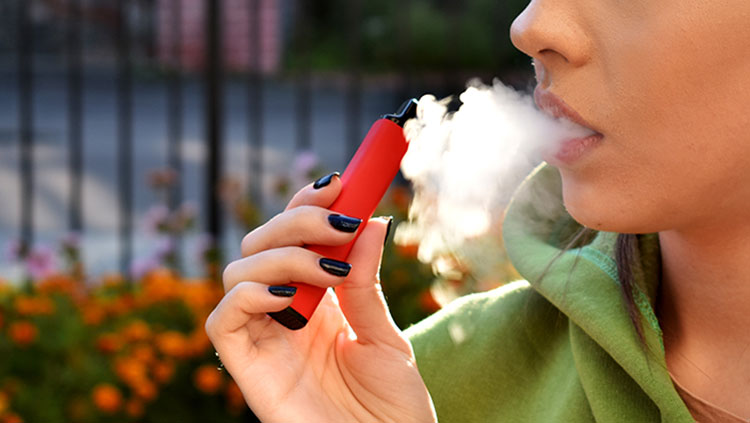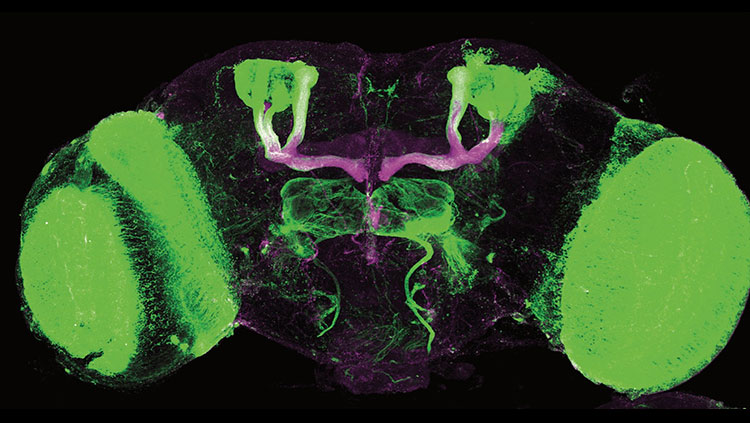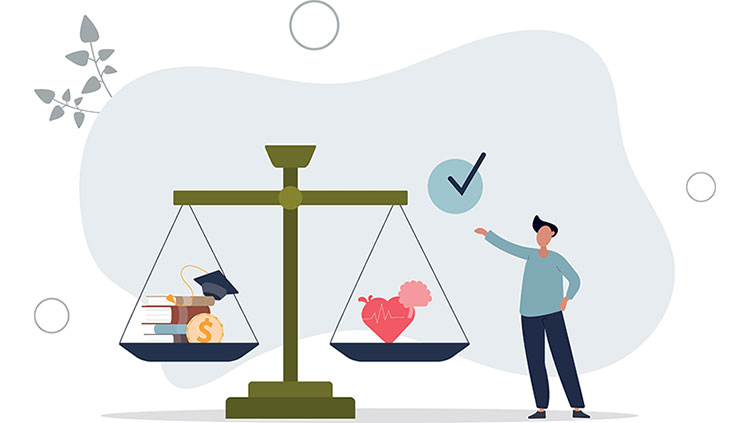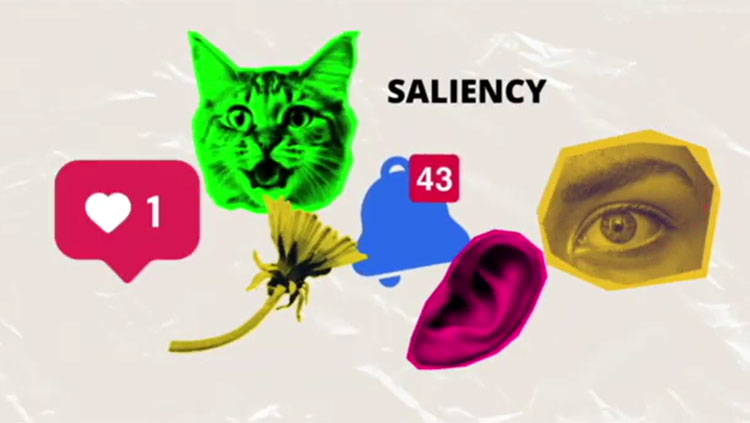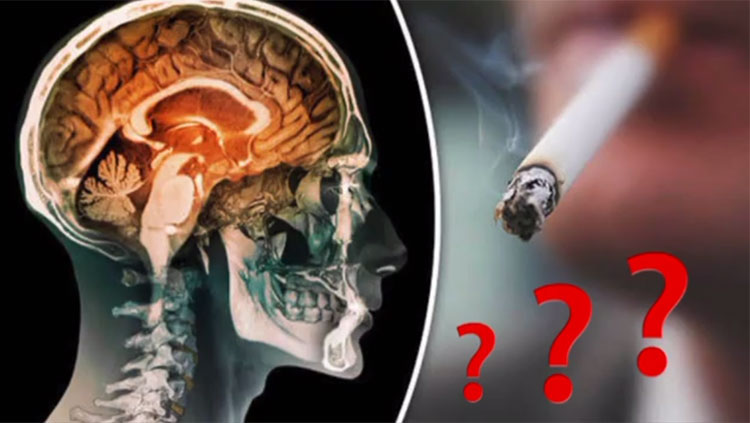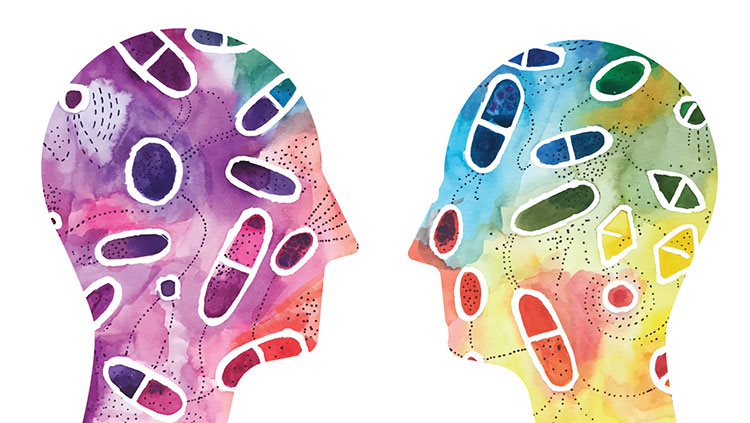Dopey Dopamine
- Published13 Sep 2018
- Reviewed13 Sep 2018
- Source BrainFacts/SfN
The reward prediction error hypothesis is a widely-recognized, well-researched theory about dopamine and its relation to learning. This video, shown from the viewpoint of Robby the Rat, comprehensively reviews the reward prediction error hypothesis as it applies to his addiction and reward cues in his brain.
This video won honorable mention in the 2018 Brain Awareness Video Contest.
CONTENT PROVIDED BY
BrainFacts/SfN
Transcript
[Upbeat Music] This is Robby [squeaks]. Robby is a teenage rat who spends his days exploring his surroundings, interacting with friends, and eating lots and lots and lots of tasty treats. All of these activities are enjoyable for Robby because of a special neurotransmitter called dopamine in his brain. That's dope! But how does dopamine work?
Similar to human brains, rat brains utilize dopamine to transmit messages from one nerve cell to another. Dopamine is concentrated in several pathways throughout the brain, one of those being the ventral tegmental area (try saying that five times fast), or VTA, which is related to reward and motivation [cheering]. This area of the brain releases dopamine in response to natural rewards. So every time Robby eats a piece of cheese [squeaks] or spends time with his friends [squeaks], dopamine is fired in the brain.
How much dopamine gets released is regulated by reward prediction errors, or RPEs. When Robby is expecting to get one piece of cheese and instead gets two pieces of cheese, dopamine is fired at higher rates in his brain. The reward was greater than what Robby expected. When Robby is expecting to get one piece of cheese and gets one piece of cheese, dopamine firing stays the same or is only slightly increased. The reward was exactly what Robby expected. When Robby is expecting to get one piece of cheese and gets no cheese at all, dopamine firing is decreased. The reward was less than what Robby expected and he may feel disappointed [crying]. These reward prediction errors help Robby to learn when and where he might encounter more rewards.
For example, Robby begins to notice that when his owner opens the fridge, he gets cheese. Eventually over time, dopamine begins firing in his brain every time he sees a fridge being opened. These are called reward cues. But what happens when Robby is introduced to a drug like cocaine? [ominous music] Remember the VTA which is responsible for releasing dopamine in response to a reward?
Cocaine and other drugs of abuse hijack this area, causing very high amounts of dopamine to be released. Reward prediction errors can no longer regulate [ocean wave whooshing] how much dopamine is released. The extra dopamine tricks the brain into over-valuing cocaine and cocaine becomes more valued with each use. Since this new drug is so highly valued, Robby begins to lose interest in all of his old activities: he no longer searches for cheese, he no longer explores his neighborhood, and he has no time for his friends. And remember those reward cues we talked about? The same thing occurs with cocaine.
Eventually, his brain begins firing dopamine whenever he sees a cue related to cocaine, such as a dollar bill or white powders that look like cocaine. Eventually, Robby realizes that his cocaine use is getting in the way of his daily life. [optimistic music] But in order for Robby's dopamine levels and reward system to return to normal, Robby needs to stop using cocaine by treating his addiction. Though it will take quite a bit of time for Robby to recover from his addiction, behavioral therapy and pharmacotherapy (or medication treatment) have helped him to start enjoying his old activities again and appreciate new rewards like brie!
Also In Addiction
Trending
Popular articles on BrainFacts.org


